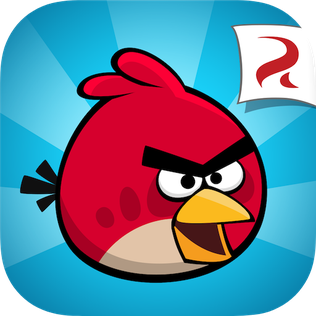Superman
From Wikipedia, the free encyclopedia
This article is about the superhero. For other uses, see Superman (disambiguation).
| Superman | |
|---|---|
 Promotional art for Superman No. 204 (vol. 2-April 2004) by Jim Lee and Scott Williams | |
| Publication information | |
| Publisher | DC Comics |
| First appearance | Action Comics #1 (published April 18, 1938, cover-dated June) |
| Created by | Jerry Siegel Joe Shuster |
| In-story information | |
| Alter ego | Kal-El/Clark Kent |
| Place of origin | Krypton |
| Team affiliations | Justice League Legion of Super-Heroes |
| Partnerships | Batman Wonder Woman |
| Notable aliases | Gangbuster, Jordan Elliot, Nightwing, Nova, Superboy |
| Abilities | Superhuman strength, speed, stamina, invulnerability, freezing breath, super hearing, multiple extrasensory and vision powers, longevity, flight, intelligence, and regeneration |
The origin story of Superman relates that he was born Kal-El on the planet Krypton, before being rocketed to Earth as an infant by his scientist father Jor-El, moments before Krypton's destruction. Discovered and adopted by a Kansas farmer and his wife, the child is raised as Clark Kent and imbued with a strong moral compass. Very early he started to display superhuman abilities, which upon reaching maturity he resolved to use for the benefit of humanity.
Superman has fascinated scholars, with cultural theorists, commentators, and critics alike exploring the character's impact and role in the United States and the rest of the world. Umberto Eco discussed the mythic qualities of the character in the early 1960s, and Larry Niven has pondered the implications of a sexual relationship involving the character.[9] The character's ownership has often been the subject of dispute, with Siegel and Shuster twice suing for the return of legal ownership. Superman placed first on IGN's Top 100 Comic Book Heroes in May 2011.[10]






